You can never have enough space today, or surround yourself with enough things.
Woodworking is no different. Where it used to be a man in his shed it now seems that only an air hanger and corresponding air field would be big enough to house all the machinery, jigs and armies of clamps that are needed to sustain a fruitful hobby.
To live with excess is to be modern, but needing a glut of space contradicts many realities of modern life. The old ways, you know right back when they had sheep in the living room? I think we could take a lot from that.
Ok, forget the sheep. What I’m trying to say is that it upsets me to hear when people have to give up their woodworking and sell their machines to take up golf, or fishing, or worse. All because they no longer have enough space.
Helen asked my Mother to watch through some of our video series to check for errors and she concluded two things – It looked so easy she reckoned she’d be able to start building furniture, and it seemed so cosy she wanted to do it in the living room. This wasn’t the intension. I wanted it to look complex and impressive but I take her point on the living room, you really don’t need much space to woodwork with hand tools.
The first chapter in our Premium Video Series has gone on today and we wanted to give you a quick summary of what’s to come.
 Chapter One – Introduction to Hand Thicknessing
Chapter One – Introduction to Hand Thicknessing
We’re getting started by preparing the timber needed for the main carcase. We using pre-planed boards in this project but there’s a fair bit of material to come off the two sides, which gives a good introduction to hand thicknessing without the more extreme twist and challenges often found in rough boards.
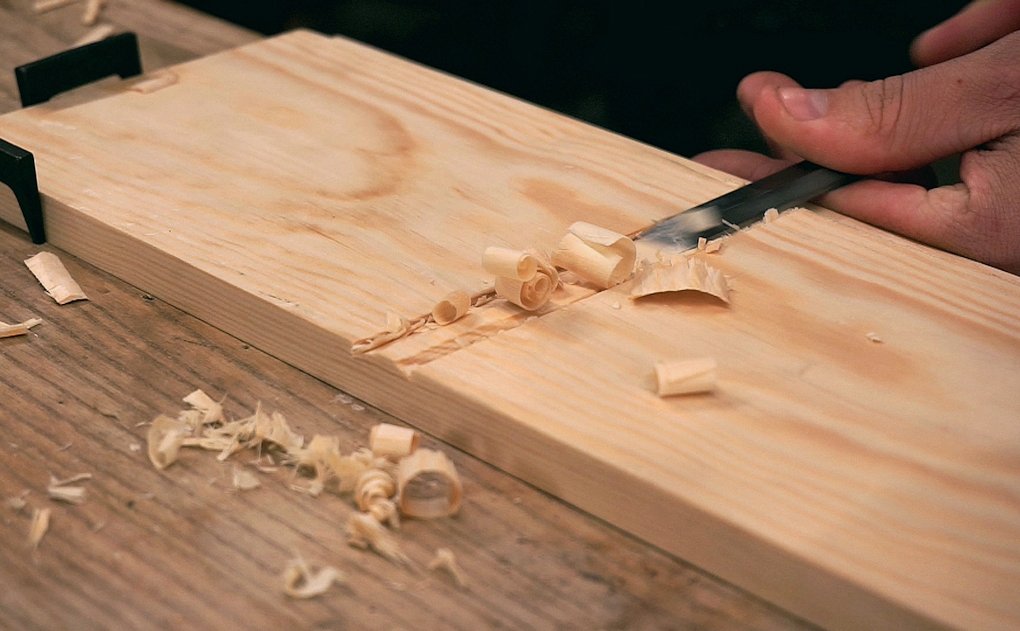 Chapter Two – Rebates (Rabbets), Housings (Dados) & Curves
Chapter Two – Rebates (Rabbets), Housings (Dados) & Curves
We work on the sides until they’re ready to become part of the carcase. There’s a comparison between fillister planes and a discussion on setting cheap spokeshaves.
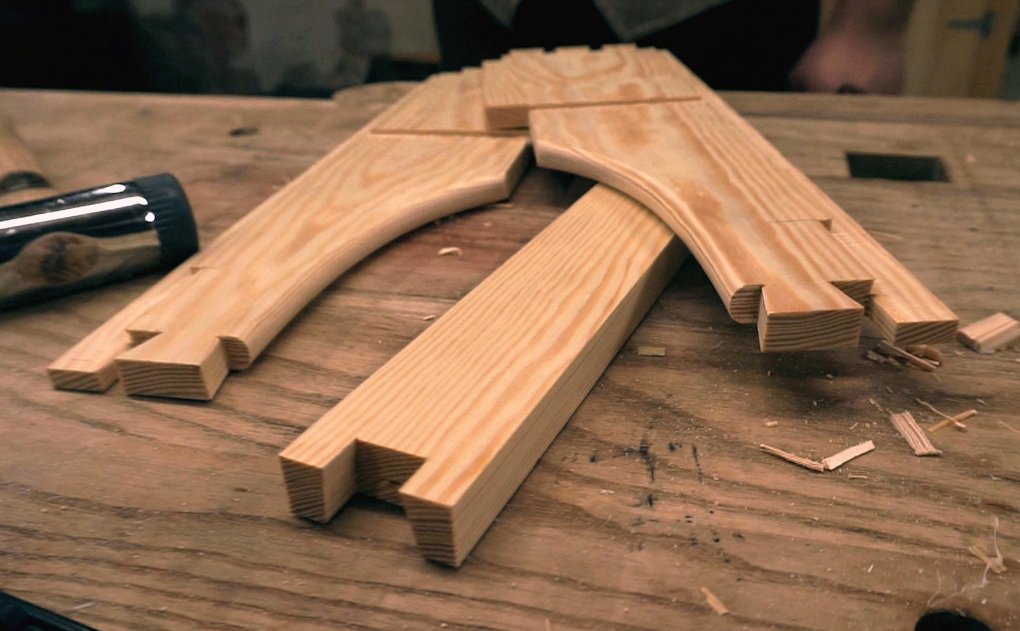 Chapter Three – Dovetailing
Chapter Three – Dovetailing
Dovetails are a key feature in the finished look of the Spoon Rack, so we do a quick run through first where I talk through my approach. Then it’s time to get the whole piece joined together.
 Chapter Four – Mouldings & The Back
Chapter Four – Mouldings & The Back
Before we can clean up the dovetails and see how well we’ve done we’ve some more work to do to the carcase. There’s a lot happening in this video so make sure you’re wide awake!
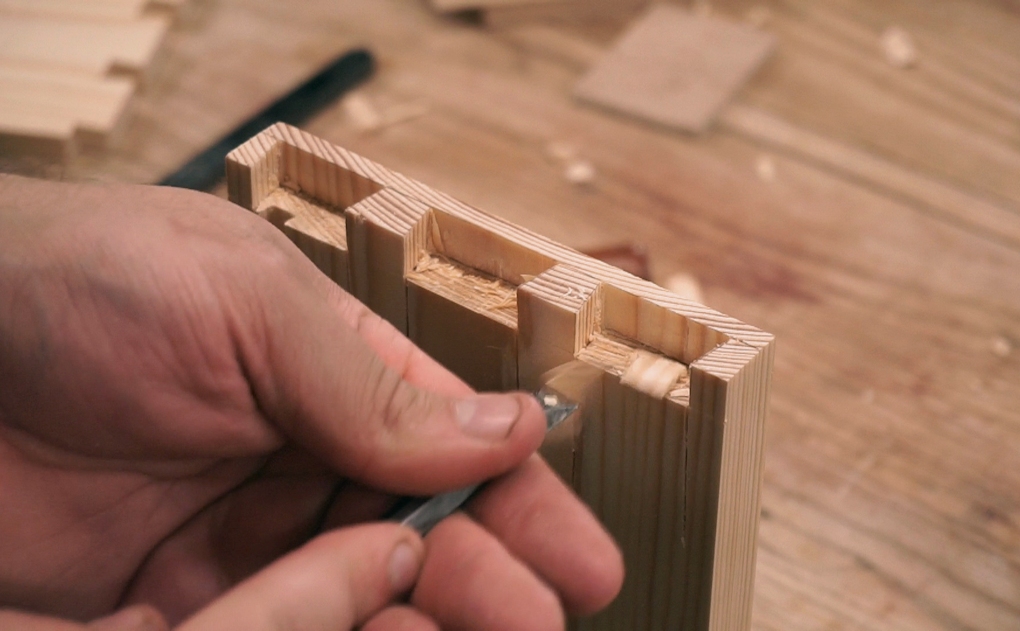 Chapter Five – Half-Blind Dovetails
Chapter Five – Half-Blind Dovetails
We progress from through dovetails to half-blind ones. Again, I talk things through with a practice joint before we get the drawer made.
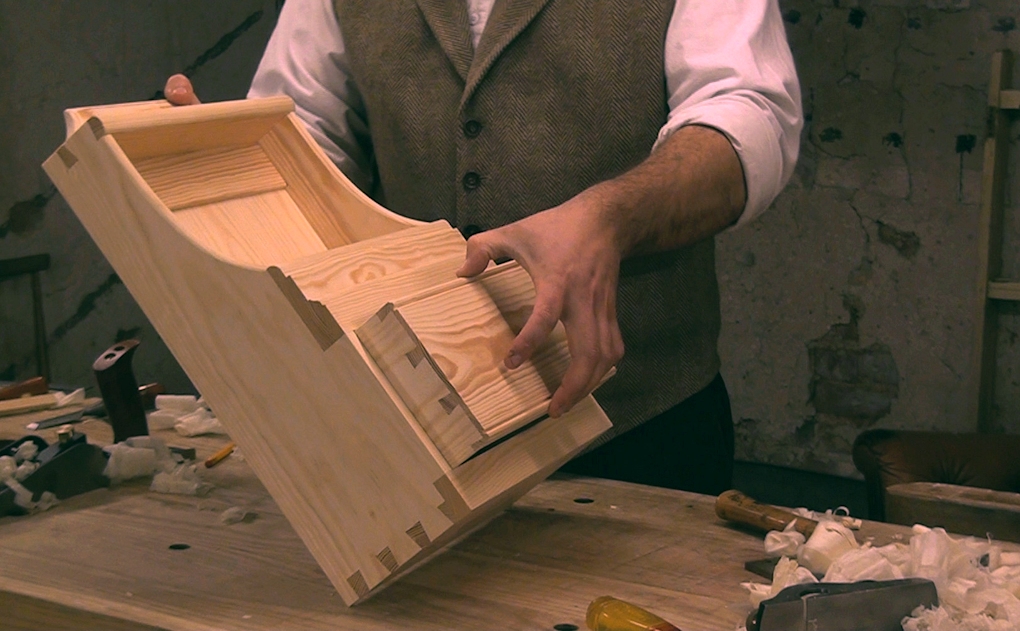 Chapter Six – Drawer Fitting
Chapter Six – Drawer Fitting
This is a small unit so you don’t want a sloppy fitting drawer. We carefully true up and get the drawer to fit perfectly before moving on to the final finishing of the Spoon Rack.
The Plan & Cutting List is now available with Chapter One, and additional templates and joinery details will accompany the videos as they come out.
And don’t forget to speak up with anything you’re unclear on as each week we will be covering any major questions that come up in further detail.
If you’ve already joined us then you can log in to watch Chapter One here.

![Simple Work Holding For Ploughing Grooves [Without a Tail Vice]](https://www.theenglishwoodworker.com/wp-content/uploads/2022/07/workholding-without-tail-vice-copy.jpg)
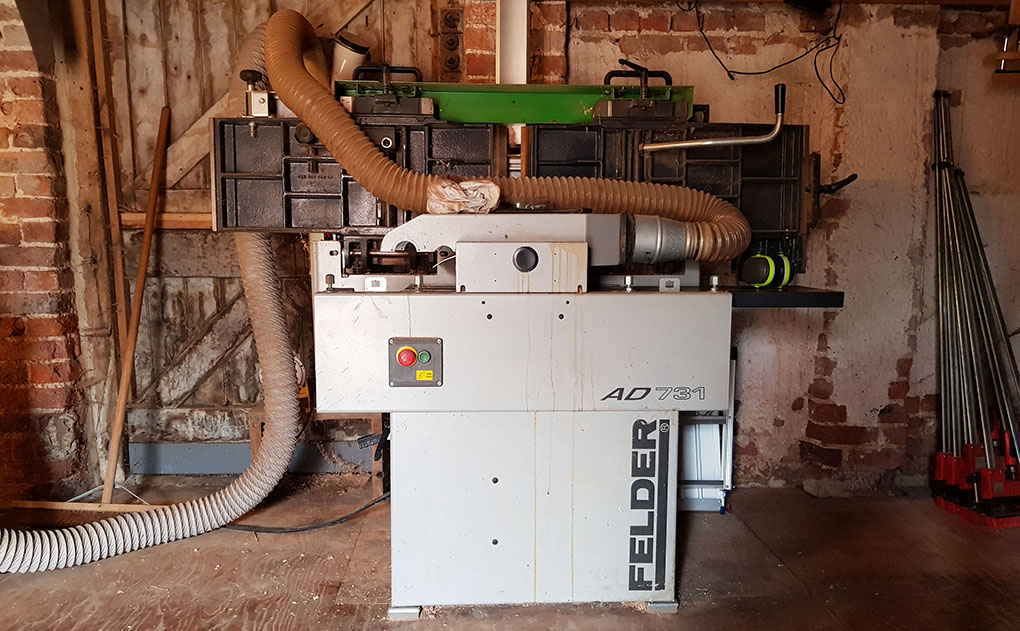
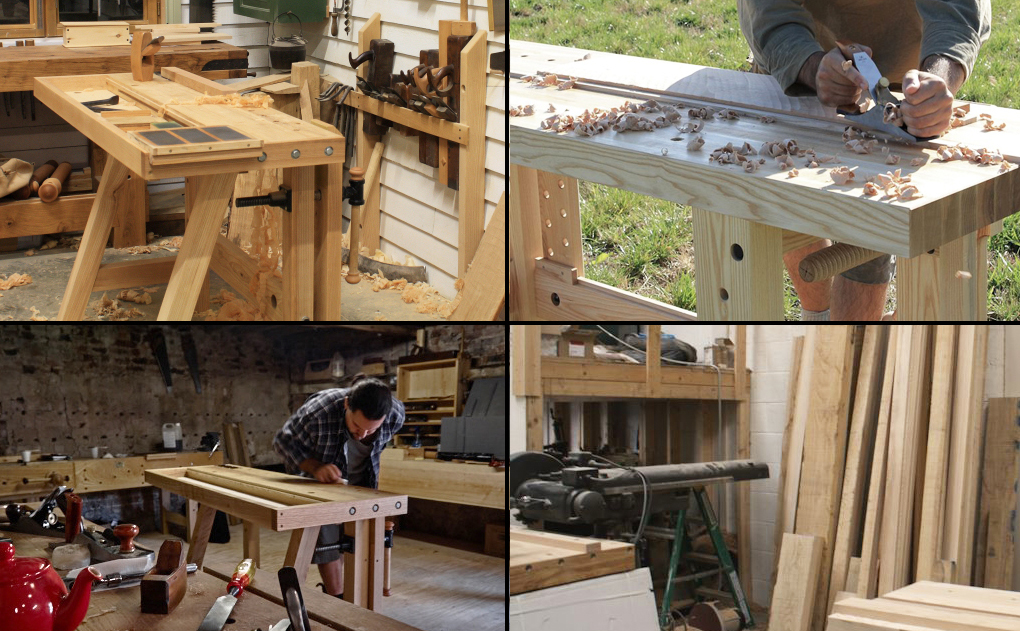
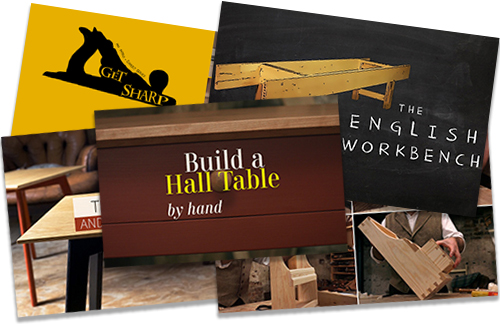
Given the popularity of the old bench as a side table, this makes even more sense to bring woodworking into the house.
My workspace is an unused room in my house, great in some ways, but even some hand tool jobs like chopping mortices can be noisy for others. I just have to pick my times
Same here, I converted a small single bedroom into a workshop. I make sure I do any noisy jobs during the day at weekends so as not to annoy family and neighbours.
I would love to set up shop in the Living room instead of the basement. My wife on the other hand…..
Keeping all the saw dust and chips cleaned up out of the carpet is a big problem. I know, I’ve been doing woodworking in the family room for years.
I’m sure there must be a formula somewhere that states “The amount of tools, machinery and other “stuff” associated with your hobby and interests is the square of the area of your workshop or storage space” I have a 7 x 10 meter garage and there are times when I don’t have enough room.
way back when, when I rented in the ghetto, I did everything in the 8X11ft dining room. Now, I have a basement, and the space for woodworking in about 8X14ft, shared as the electronics and inspection bench, the rest (another 8X14ft) being the boiler, laundry and machine shop. Welding and painting is outside. Mot regular use tools are stored on the joists to keep then handy (planes, saws, braces, etc). It is sufficient for what I do, mostly. Built several doors, a 6ft wide by 7ft tall bookcase and a 4ft wide by 7ft tall bookcase (both built in), prepped most of a house worth of tongue and groove floor, and….
Works for me at this point. Eventually, I want to do a garage as workspace, but, money being what it is, I can work outside when I need, but mostly, if I can move it up the stairs and through the door, a small space is fine.
Sheep in the living room even though there is truth to that it still made me laugh.
I think you need to pay attention to what Helen’s mother actually said. She paid you a great compliment. You took something complicated and impressive and made it look easy, which is the sign of a good teacher. If it had looked overly complicated and impressive like you wanted, most people would pass on it and anything else you produced, so go get her some flowers, give her a big hug and don’t try to make things look complicated, you won’t get many repeat students.
Good point by Patrick, and I agree only a good craftsman can make it look easy 😉
Sorry, meant to write “your mother”.
I totally agree! Actually the necessity to set up a workshop in the bedroom of my 2 room flat made me think of hand tools in the first place. It’s amazing what you can do with just 4 square metres of space. Hand tools are reasonably quiet and very clean.
I think where you work depends a lot on the size of your project. I have a friend that did well in his basement until he decided to build a dinghy for his sailboat. His wife came home one day to discover a 12′ strong-back poking out from her diningroom and the beginnings of some framework hanging from it. Rather than doing the expected, she pitched in and did whatever she could to finish the boat as quickly as possible so she could have her furniture back and that 11′ dinghy is still in use today. Surprisingly, very few wives find this story humorous. I don’t understand why – :0)
Funny you mention woodworking in the living room! I built a small bench just for that purpose! I made it from an ash log, it about 24″ long and 10″ wide and stands about 18″ tall so I can sit in a chair by the fire and carve or do leather work, I even drilled out a couple holes for holdfasts. I think its nice to be inside with the family at night but still be able to have an oulet for creativity! Your posts are Great Richard and Helen! And you videos are wonderful! Cheers